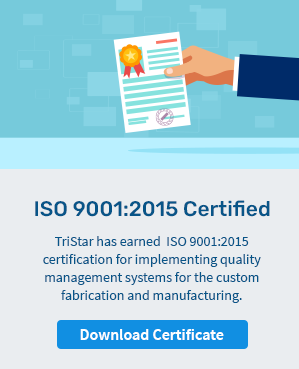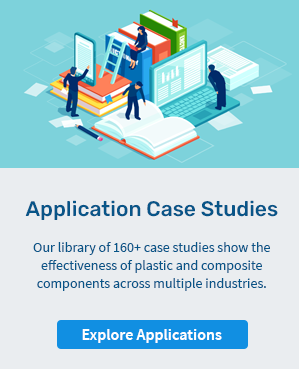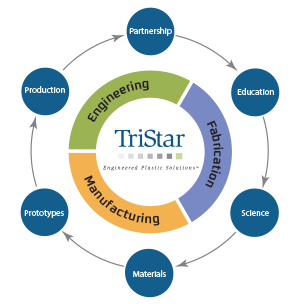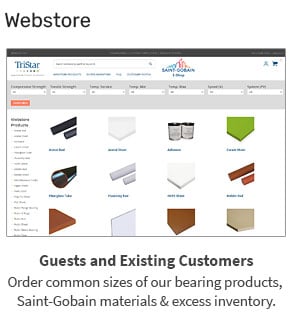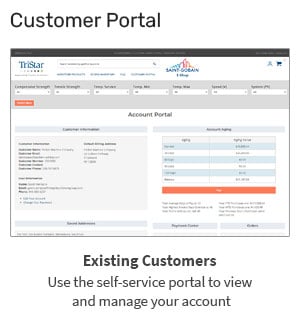Rulon® Grades Comparison | Chemical Compatibility
Use the Rulon grades comparison chart to determine which formulation will work best for your application. Click on the linked grade name at the top of each column to read more about a specific material and let us know if you have any questions.
The chemical compatibility chart (in tab 2) outlines general chemical resistance for all Rulon grades. Download the PDF version.
Need More Info about Rulon Materials?
| Rulon® Grades | Grade | AR | LR | J | 641 | W2 | 123 | 488 | 957 | XL | 142 | 945 | 1045 | 1337 | 1410 | 1439 |
| Color | Maroon | Maroon | Gold | White | Black | Black | Turq. | Green | Tan | Turq. | Black | Gold | Tan | Gold | White | |
| Comments | (mouseover to read) |  |
 |
 |
 |
 |
 |
 |
 |
 |
 |
 |
 |
 |
 |
 |
| Performance | Max Load "P"(psi) Mpa |
1,000 6.9 |
1,000 6.9 |
750 5.2 |
1,000 6.9 |
1,000 6.9 |
1,000 6.9 |
1,000 6.9 |
1,000 6.9 |
1,200 8.3 |
1,000 6.9 |
1,000 6.9 |
1,000 6.9 |
1,000 6.9 |
750 5.2 |
1,000 6.9 |
| Max Speed "V" (fpm) m/s |
400 2.0 |
400 2.0 |
400 2.0 |
400 2.0 |
400 2.0 |
400 2.0 |
400 2.0 |
400 2.0 |
400 2.0 |
400 2.0 |
400 2.0 |
400 2.0 |
400 2.0 |
400 2.0 |
400 2.0 |
|
| Max "PV" (psi-fpm) (Mpa * m/s) |
10,000 0.35 |
10,000 0.35 |
7,500 0.26 |
10,000 0.35 |
10,000 0.35 |
10,000 0.35 |
10,000 0.35 |
10,000 0.35 |
10,000 0.35 |
10,000 0.35 |
10,000 0.35 |
10,000 0.35 |
10,000 0.35 |
7,500 0.26 |
10,000 0.35 |
|
| Mating Surface Steel & Stainless Steel |
Rb 25 & higher | X | X | X | X | X | X | X | X | X | X | X | ||||
| Rc 35 & higher | X | X | X | X | ||||||||||||
| Rc 50 & higher | ||||||||||||||||
| Painted metal and Porcelain |
X | X | ||||||||||||||
| Aluminum | X | X | ||||||||||||||
| Environment | FDA compliant | X | X | X | X | |||||||||||
| Steam | X | X | X | X | X | X | X | X | X | X | X | X | X | |||
| Wet | X | X | X | X | X | X | X | X | X | X | X | X | X | X | ||
| Dry | X | X | X | X | X | X | X | X | X | X | X | X | X | X | X | |
| Vacuum | X | X | X | X | X | X | X | X | X | X | X | X | ||||
| Relative Rating 1 = Low 5 = High |
Coefficient of friction |
4 | 4 | 1 | 1 | 2 | 2 | 3 | 2 | 1 | 2 | 4 | 1 | 1 | 1 | 3 |
| Creep resistance |
3 | 4 | 3 | 4 | 4 | 4 | 4 | 4 | 4 | 5 | 5 | 2 | 2 | 2 | 4 | |
| Insulative prop. | Yes | Yes | Yes | Yes | No | No | Yes | Yes | Yes | No | No | Yes | Yes | Yes | Yes |
The list above is only a partial list of available Rulon grades (formulations).
PV data may be exceeded based on specific application requirements. Ask to speak to a TriStar Application Engineer.
RATINGS above are relative within Rulon® family ONLY.
For Rulon® materials, coefficient of friction decreases with increasing load and wear decreases with increasing surface hardness.
For PTFE based materials, wear in steam and wet environments is higher than in dry environments. Saint-Gobain offers enhanced Rulon® grades which minimize this effect.
Most Rulon® products have excellent chemical compatibility. Data available upon request.
|
Chemical |
Rating |
|---|---|
|
2 - butanone |
A |
|
Acetic acid |
A |
|
Acetylene |
A |
|
Alkalines |
A |
|
Ammonia |
A |
|
Amyl chloride |
A |
|
Analine |
A |
|
Aqua Regia |
A |
|
Benzaldehyde or Benzonitrile |
A |
|
Benzenesulfonic Acid |
A |
|
Bromine |
A |
|
Calcium Hypochlorite |
A |
|
Camphor Oil or Carbon Sulfide |
A |
|
Carbon Tetrachloride |
A |
|
Chloral Hydrate or Chloroacetic Acid |
A |
|
Chlorine or Bleaching Agents |
A |
|
Chloroform or Chorosulfonic Acid |
A |
|
Chromic Acid |
A |
|
Concentrated Oxidizing Acids |
A |
|
Creosote or Cresol |
A |
|
Decalin or Dichlorobenzene |
A |
|
Diethyl Ether or Dimethylamine |
A |
|
Diemethyl Sulfoxide |
A |
|
Ethyl Acetate |
A |
|
Ethylene & Propylene Dichloride |
A |
|
Ferric Chloride |
A |
|
Ferric Nitrate |
A |
|
Ferric Sulfate |
A |
|
Ferrous Sulfate |
A |
|
Fluoboric Acid |
A |
|
Fluorinating Agents, Strong |
NR |
|
Fluorine > 140°F |
NR |
|
Fluosilicic Acid |
A |
|
Hydrobromic Acid |
A |
A = ACCEPTABLE
NR = NOT RECOMMENDED
Important Note:
This chart is intended to provide general information only; there are exceptions for some Rulon grades. We recommend that you check with TriStar engineering as some fillers can be attacked in certain chemical conditions.
General Warranty Information:
All information contained herein is believed to be correct but is presented without any guarantee, warranty or representation of any kind, express or implied. Technical data set forth herein is based on tests and measurements conducted in our laboratory under controlled conditions. Suggestions concerning possible applications of our products are made without representation or warranty that such use is free from patent infringement and are not recommendations to infringe any patent. The user should not assume that all safety measures are indicated, or that other such measures may not be required.
|
Chemical |
Rating |
|---|---|
|
Hydrochloric Acid |
A |
|
Hydrocyanic Acid |
A |
|
Hydrofluoric Acid |
A |
|
Hydrofluosilicic Acid |
A |
|
Hydrogen Fluoride, Dry |
NR |
|
Hydrogen Peroxide |
A |
|
Hydrogen Sulfide, Moist |
A |
|
Hydroxides |
A |
|
Mercury or Silver Salts |
A |
|
Methyl Choride or MEK |
A |
|
Molten Alkali Metals |
NR |
|
Molten Anhydrous Bases |
NR |
|
Nitric Acid |
A |
|
Nitro Benzene |
A |
|
Oleum |
A |
|
P-dioxane or Phenol |
A |
|
Partly Halogenated Hydrocarbons |
A |
|
Phosphoric Acid |
A |
|
Potassium Chlorate |
A |
|
Potassium or Sodium Cyanide |
A |
|
Potassium Dichromate or Nitrate |
A |
|
Potassium Hydroxide |
A |
|
Sodium Chlorate |
A |
|
Sodium Hydroxide |
A |
|
Sodium Nitrate |
A |
|
Stannous Chloride |
A |
|
Sulfur Dioxide 5% + H20 |
A |
|
Sulfur Molten |
A |
|
Sulfuric Acid |
A |
|
Tetralin or Trichlorethylene |
A |
|
Toluene |
A |
|
Trifluoroacetic Acid |
A |
|
Xylene |
A |
|
Zinc Chloride |
A |

